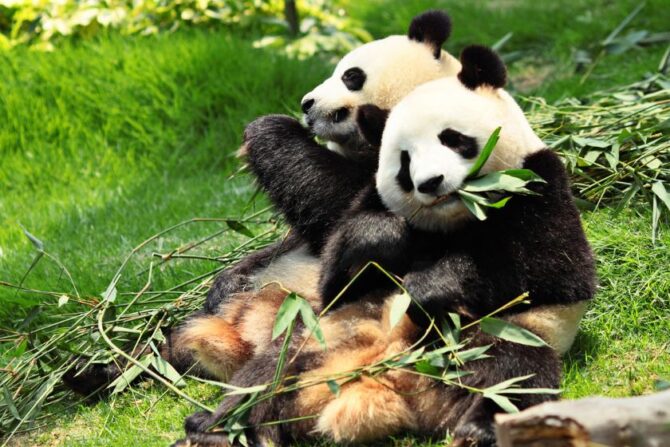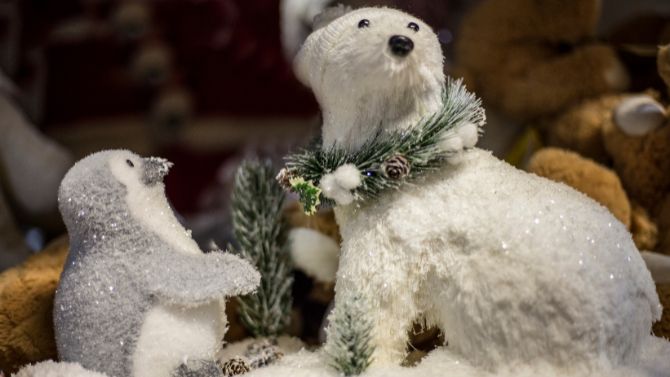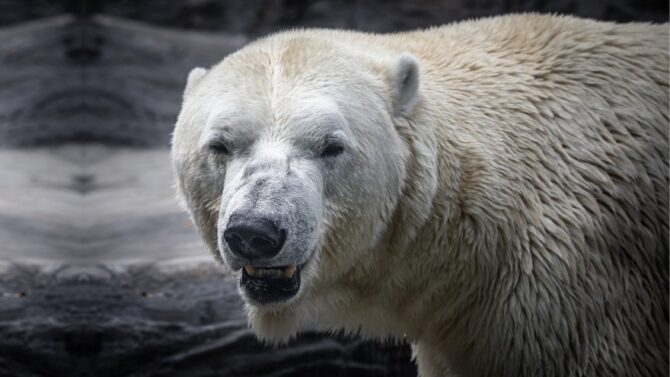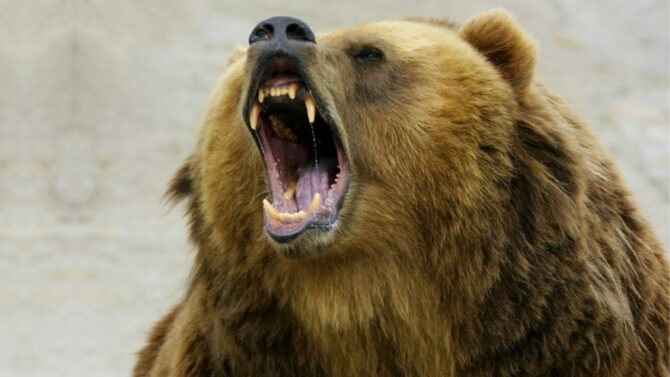Pandas are gentler, funnier, and lazier creatures from the bear family. These animals have a clumsy nature and little strength compared to other huge creatures.
Pandas do nothing other than eat and relax on handstands all day. Just like other collective nouns for animals when they gather, what is a group of pandas called?
An embarrassment best describes a group of pandas, and it is more popular than any other term. It has little or no scientific research backing it up and is more of a general term for pandas that suits just fine.
However, there are other collective nouns used to describe the gathering of these animals. Read on to discover more and the reasons behind them.
Do Pandas Live in Groups?
Yes, it is possible to spot pandas living in groups. It could be in the forest. Or in the zoo. Or along the wild path through the mountains.
Just like most animals, pandas live in pairs and have their clumsy lifestyle attached to the level of nutrients in their body.
Baby pandas, also known as cubs, live with their parents for quite some time before surviving on their own.
Born blind and vulnerable to accidental injuries, these little creatures depend on older ones for protection and nutrients.
However, it is important to note that giant pandas live differently.
Although older species are better off in the same forest, they engage in territorial conduct and enjoy alone time.
Each giant panda has his/her territory, only mating is an exception. Two giant species in one territory often act as hostiles and may fight each other to dominate the same space.
Collective Nouns: What is a Group of Pandas Called?
Being a popular species in the bear family, pandas have a couple of names used to describe them in groups. They include:
An Embarrassment of Pandas
Although this may have been a derived name for pandas living in groups, it suits their clumsy nature and lazy movement. It is the best and most popular of all names for such creatures.
Pack
A pack best describes animals moving in groups. It is more like a general term but can also be used to describe a group of pandas living together and forming a community.
Pandas move in packs to protect their offspring against predators and hazardous occurrences in the wild.
Example: We saw a pack of pandas preying and hunting for bamboo.
Bamboo

Pandas are proficient tree climbers and they consume about 26 to 84 pounds of bamboo daily.
They only feed off bamboo, whose nutrients are originally minimal, and must consume a high amount to gather the right dose of nutrients.
Pandas have become more popular for preying on bamboo such that it is a collective noun for describing these creatures in groups.
Example: A bamboo of pandas dominated the car park at the zoo today.
Bunch
The word “Bunch” says it all already. It best describes people or objects in two or more folds.
It is also interchangeable for a group of pandas minding their business or going about their daily activities.
Example: You need to see the bunch of pandas occupying themselves. How lovely!
Cupboard
This is a less popular term for describing pandas living in groups. It is more of an online title and is backed up by little or no scientific research.
Example: We all saw a cupboard of pandas relaxing handstands at the zoo.
Where Can I See Pandas?
It is no news that pandas are no more endangered and are now vulnerable.
With the panda population increasing in percentage, these creatures are said to have become more of a threat or menace to the welfare of humans.
Two types of pandas exist. The giant species and the red pandas. While the former is commonly located in bamboo forests in China, red pandas live in high mountain forests in China, Nepal, and Myanmar. 1
Only 1,864 pandas roam the wild freely with a few hundred under the captivity of breeders. 2
You’ll find these creatures in most Chinese zoos and national breeding centers.
Conclusion
“You’re just a big fat panda.” — Tai Lung
The above statement is an expression from a 2008 animation movie titled “Kung Fu Panda.” It best describes the clumsy nature of this so-called animal.
A newborn cub, which is just about the size of a pack of candy, grows to become a gigantic creature. Yet, his/her strength level is never guaranteed.
So when you hear someone call a group of pandas an embarrassment, just know there couldn’t be any more suitable term for describing such creatures.
References & Notes
- Giant Panda.[online] Britannica.
- Wild pandas get a boost, Issue 2017. World Wildlife Fund.






